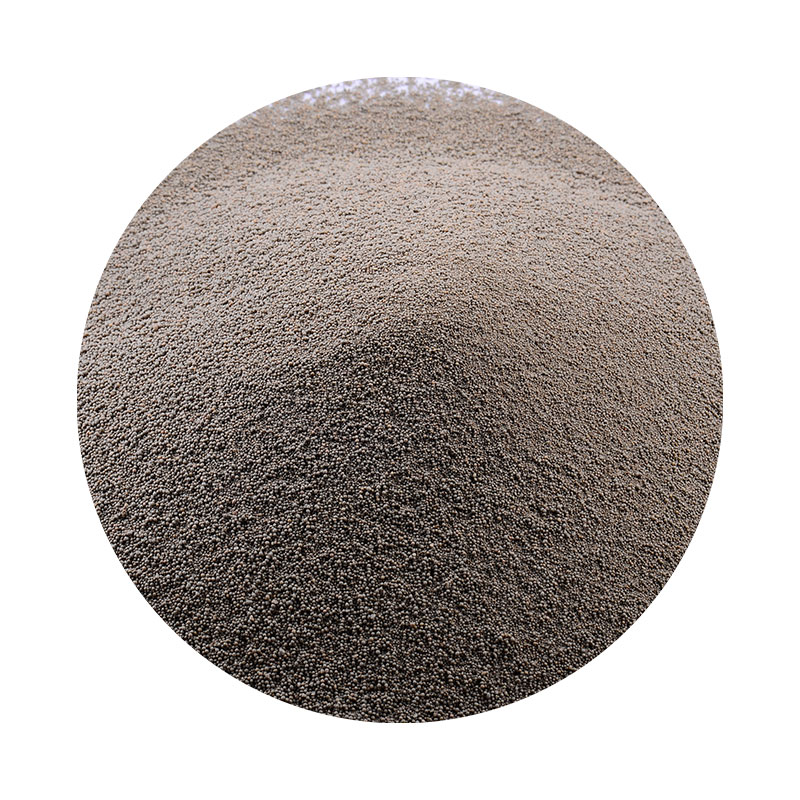Sanding a 3D Print A Guide to Achieving a Smooth Finish
3D printing has revolutionized the way we create prototypes, models, and even final products, but one challenge that many enthusiasts face is achieving a smooth finish on their prints. While 3D printing is capable of producing intricate designs, most prints come out of the machine with visible layer lines and a rough surface. Sanding is one method that can significantly enhance the appearance of 3D prints, making them more aesthetically pleasing and functional. In this article, we will explore the process of sanding 3D prints and provide tips for achieving the best results.
Why Sanding?
Sanding is crucial for several reasons. First, it removes the layer lines, giving the print a smooth and polished look. This is particularly important for cosmetic prints, such as figurines or display models. Second, sanding can improve the fit of parts that need to be assembled, by eliminating small defects that could interfere with the assembly process. Lastly, sanding prepares the surface for painting or finishing, ensuring better adhesion of paints and coatings.
The Sanding Process
1. Prepare Your Workspace Ensure you have a clean, well-lit area to work. Gather your tools, which typically include various grades of sandpaper, a sanding block, and optionally, a dust mask and eye protection.
2. Choose the Right Sandpaper Start with coarser sandpaper (around 80-120 grit) to remove larger imperfections. Gradually move to finer sandpapers (up to 400 grit or higher) for a smoother finish. The transition between grits is essential; using a single grit can lead to an uneven surface.
sanding a 3d print

3. Sanding Technique When sanding, apply light, even pressure to avoid removing too much material or creating flat spots on your print. Use circular motions or long strokes, depending on the geometry of the piece. For larger prints, consider using a sanding block to maintain even pressure.
4. Focus on Details For prints with intricate areas or angles, you might need to use smaller, more precise sanding tools. Needle files and sanding sticks can be beneficial for these hard-to-reach places.
5. Cleaning the Surface After sanding, it's important to clean the print to remove any dust particles. A gentle wipe with a damp cloth or a quick blow with compressed air can help.
6. Finishing Touches Once sanding is complete, consider applying a primer before painting. This step can highlight any remaining imperfections that may need further sanding and will provide a better surface for the paint to adhere.
Conclusion
Sanding is an invaluable technique in the post-processing of 3D prints. By taking the time to sand your prints, you can significantly enhance their aesthetics and functionality. With patience and the right techniques, you can take your 3D projects to the next level, allowing for a professional-looking final product that showcases your hard work and creativity. So gather your materials, embrace the sanding process, and enjoy the satisfaction of achieving a smooth finish on your 3D prints!
Post time:10月 . 07, 2024 02:08
Next:sand casting advantages
